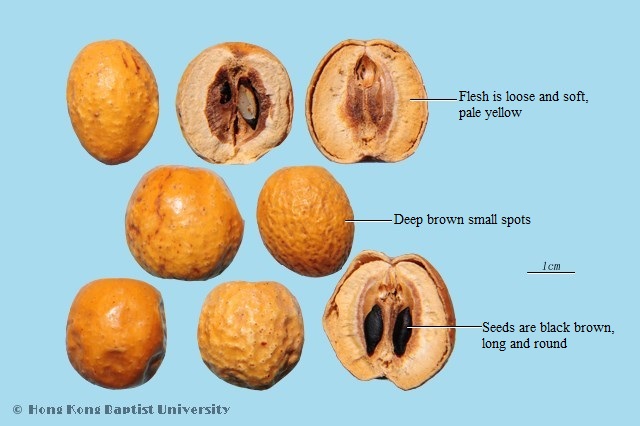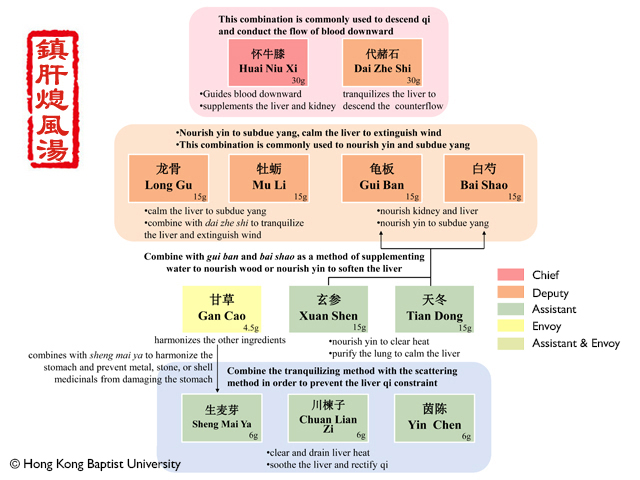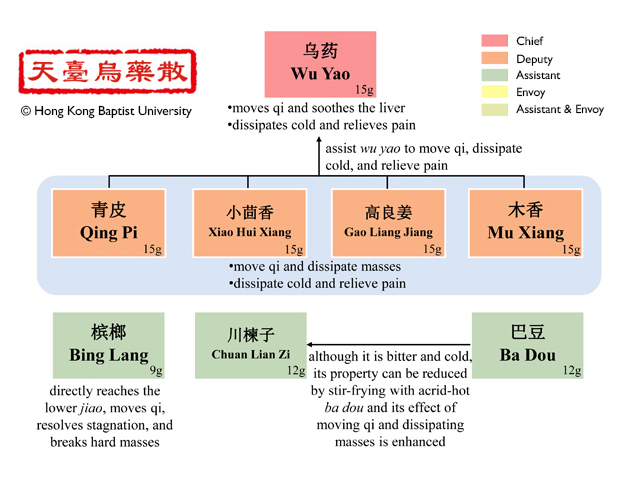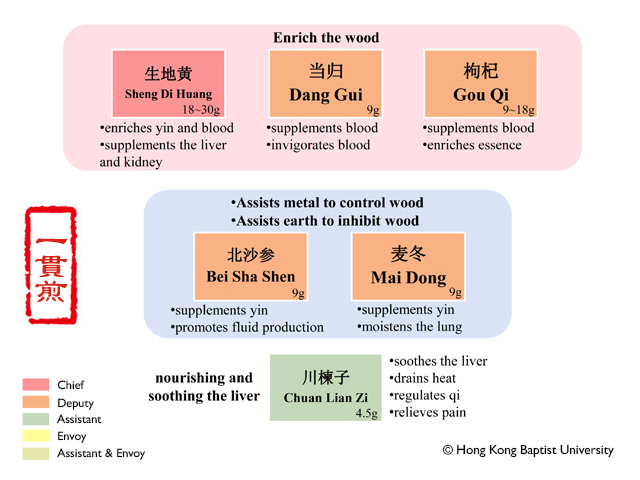Liver-Sedating and Wind-Extinguishing Decoction
Action:Tranquilizes the liver and extinguishes wind, enriches yin and subdues yang.
Indication:Zhen Gan Xi Feng Tang is indicated for the pattern of apoplectic stroke. The symptoms are dizziness, vertigo, distension of eyes, tinnitus, headache with a warm sensation in the head, flushed face, and irritability; there may also be frequent belching, progressive difficulty in moving the extremities, and deviation of the mouth and eyes. In severe cases there is dizziness and falling down, unconsciousness, mental confusion with moments of clarity, and an inability to fully recover after loss of consciousness, and a wiry, long, and forceful pulse.



